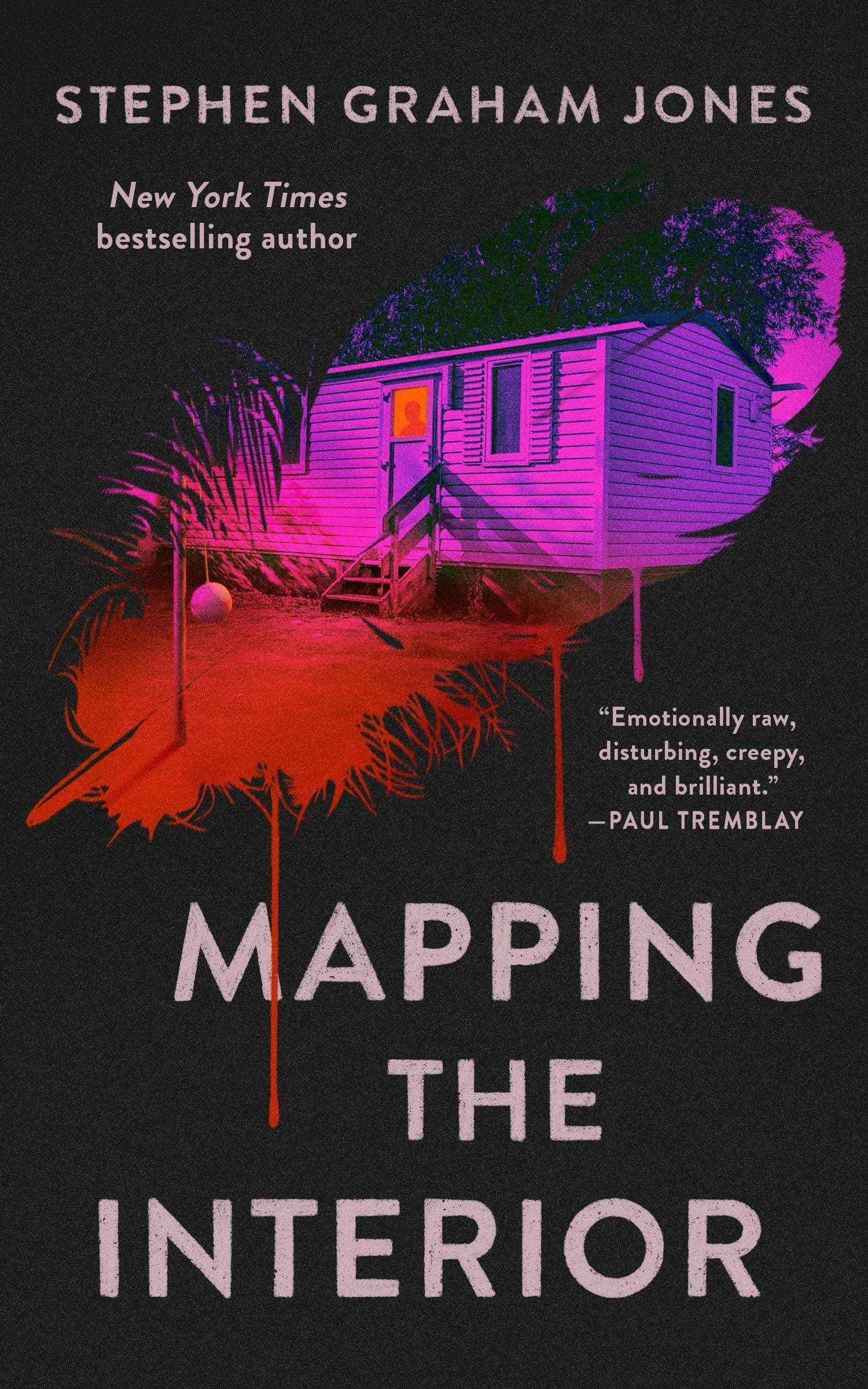
Synopsis:
Walking through his own house at night, a fifteen-year-old thinks he sees another person stepping through a doorway. Instead of the people who could be there, his mother or his brother, the figure reminds him of his long-gone father, who died mysteriously before his family left the reservation. When he follows it he discovers his house is bigger and deeper than he knew.
The house is the kind of wrong place where you can lose yourself and find things you’d rather not have. Over the course of a few nights, the boy tries to map out his house in an effort that puts his little brother in the worst danger, and puts him in the position to save them . . . at terrible cost.
Review:
Stephen Graham Jones has quickly established himself as one of the major players in the horror world. His Indian Lake Trilogy is just about the final word on the slasher as a form, while also operating as a kind of meta-criticism cum fanboy love letter as well, all while delivering a character for the ages, and his upcoming Buffalo Hunter Hunter is poised to be the book of the year (see review here).
But as is often the case, the sudden explosion is not quite so sudden at all. Graham Jones had been putting out work for years before appearing to emerge fully formed with his breakout hit The Only Good Indians. And what’s better than discovering a favorite artist has a big back catalogue to explore?
And now Tor Nightfire is rereleasing Mapping the Interior, Graham Jones’s 2017 short novel, giving us all a chance to dig in.
Mapping the Interior beautifully captures the claustrophobic anxiety of adolescence, as Junior, a fifteen year old native kid, tries to come to terms with his father’s death, which happened when he was a small child. Dad is now a faint memory, but then, one night, he’s there, standing in the house, dressed in full Fancy Dance regalia. Here and gone again.
What starts as a fairly standard-seeming ghost story soon shifts into something much more troubling and complex. Junior’s brother, Dino is having trouble in school, and it appears he may be losing ever more cognitive function, and Junior believes there may be a connection between these two events. Junior is soon torn between concern for his brother and a deep-seated need to connect to his absent father.
Suffice it to say that things get very weird and very bloody, as Dad become more and more real and more and more malevolent.
As is his his M.O., Graham Jones makes up his own rules, creating a unique mythology for this particular brand of haunting that is viscerally unsettling, bearing some resemblance to the best of The X-Files monster-of-the-week creatures.
But the monsters aren’t really the focus in Mapping the Interior. Instead, it’s very much a coming-of-age story, with everything–the haunting, the violence, the totemic childhood items, even the house itself–taking on a kind of allegorical weight. This is a story about a boy on the brink of adulthood, searching for answers about his absent father, grappling with what feels like some capital F sense of Fate, figured here as a kind of compulsion to repeat generational cycles. Junior is testing out what adulthood means, specifically adult masculinity, and time after time, the answer seems to be violent and destructive.
It looks like Junior might have found a way out of this cycle, but Graham Jones is well adept at offering up hope only to punch us straight in the heart.
In the end, Mapping the Interior is beautiful and harrowing, a bloody bit of grief horror that is absolutely distinctive. A must-read for even casual fans of the author.
The new edition of Mapping the Interior is available April 29th, 2025.








Leave a Reply